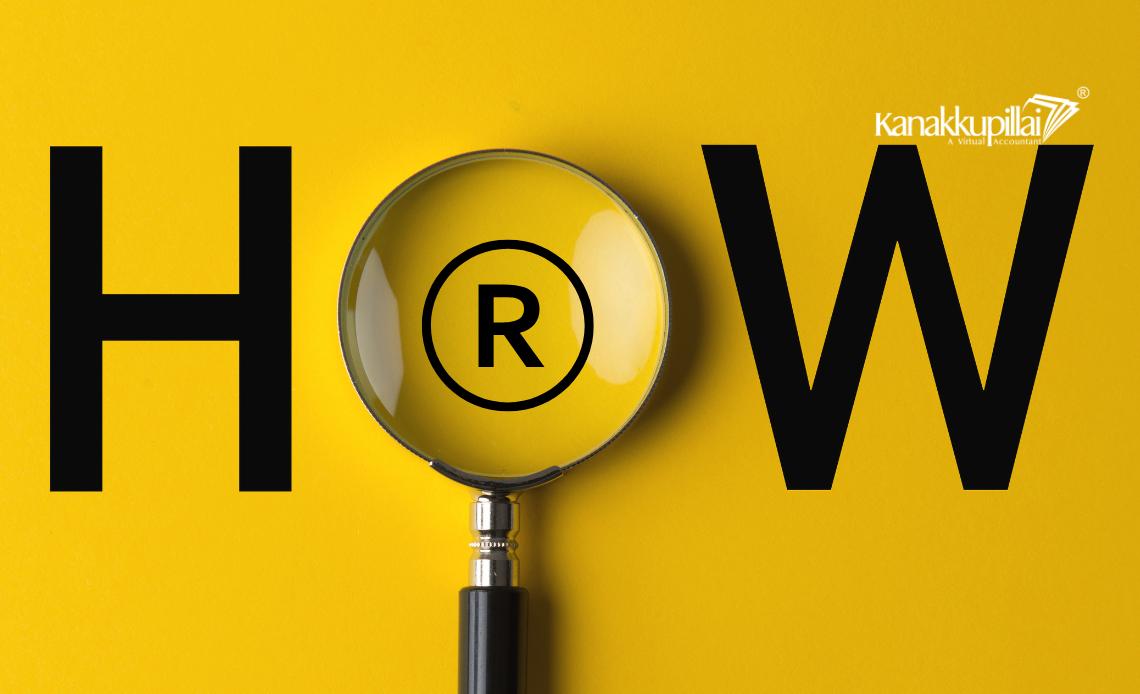Maintaining your brand recognition is very vital in the competitive business world of today. Establishing legal protection and exclusive rights by trademarking your logo helps to ensure that your brand stays distinctive and recognisable. This all-inclusive guide will help you through the trademarking process for a logo in India, including vital information for businesses.
Benefits of Trademarking a Logo
Business owners gain from trademarking a logo in numerous ways:
- A recognized trademark offers you the unique right to use your logo, therefore protecting it against illegal usage by rivals.
- A registered logo helps to improve the value of your business, thus appealing to investors and customers alike.
- Deterrence of Infringement: By using a registered trademark, you may sue rivals who try to use your logo without permission, therefore stopping infringement.
Steps to Trademark a Logo in India
-
Conduct a Trademark Search
Make sure no current similar or identical trademark exists before seeking for a trademark. By doing a trademark search, one may assist to prevent any legal problems and disagreement. For a comprehensive search, see a trademark attorney or use the Indian Trademark Office website.
-
Send a trademark application
You may submit a trademark application after you have verified that your logo is original. One may do this both offline and online. The way one files determines the filing costs. Usually, online applications are less costly than actual filings.
-
Examining a trademark application
The Trademark Registrar will check your application upon filing to guarantee it conforms with the Trade Marks Act and Rules. This review looks for any variances or parallels between current trademarks.
-
Release of Trademark Application
The application will be published in the Trademarks Journal should it be approved. Should the public feel their rights have been violated, this publication lets them examine and object to the trademark registration. The opposition period lasted four months.
-
Refusals of trademark registration
Should an objection be lodged, a hearing is arranged. Both sides might lay their case throughout the hearing. Either a successful opposition, resulting in rejection of the trademark application, or a failed opposition, resulting in trademark registration is the conceivable result.
-
Trademark Registration Certificate Issuance
Should there be no oppositions or should the objections prove ineffective, the Trademark Registrar will provide a Trademark Registration Certificate. The trademark is 10 years valid and endlessly renewable.
Documents Required for Trademark Registration
To file a trademark in India, you will need the following documents:
- Logo
- Business registration certificate
- Address proof
- Identity proof
- Power of attorney (if a trademark attorney represents the candidate)
Cost of Trademark Registration in India
Several factors affect the cost of trademark registration in India, including filing method, number of classes, and attorney costs. While actual filing costs begin at Rs. 5,000, government fees for e-filing start at Rs. 4,500. The intricacy of the matter and the services rendered will affect the lawyer’s costs.
Conclusion
Protecting your brand identification and guaranteeing the future of your company depend critically on trademarking your logo. Following the described procedures will help you to guarantee legal protection of your logo, therefore conferring unique rights and strengthening the value of your brand. Don’t wait; start the process required to trademark your logo and protect your brand right now.
This guide provides a clear and straightforward plan for business owners in India to follow, ensuring they can handle the trademark filing process with confidence and ease.
Related Services





